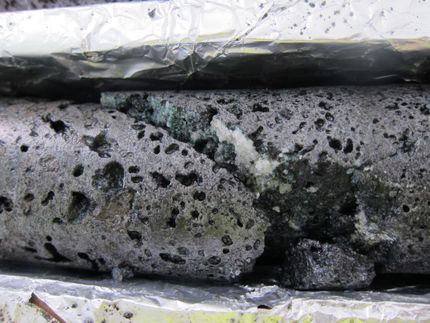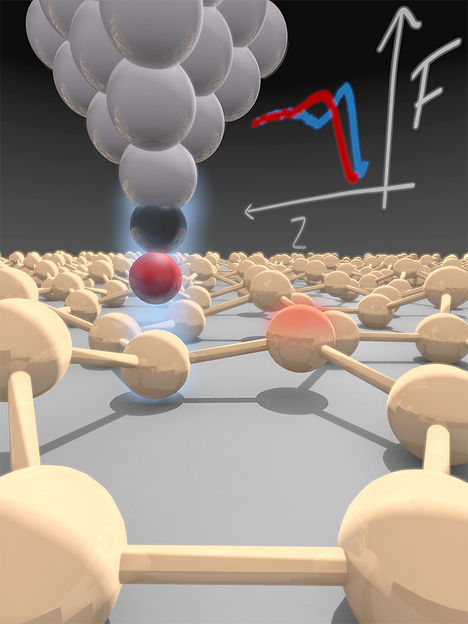New knowledge about permafrost improving climate models
New research findings from the Centre for Permafrost (CENPERM) at the Department of Geosciences and Natural Resource Management, University of Copenhagen, document that permafrost during thawing may result in a substantial release of carbon dioxide into the atmosphere and that the future water content in the soil is crucial to predict the effect of permafrost thawing. The findings may lead to more accurate climate models in the future.
The permafrost is thawing and thus contributes to the release of carbon dioxide and other greenhouse gases into the atmosphere. But the rate at which carbon dioxide is released from permafrost is poorly documented and is one of the most important uncertainties of the current climate models.
The knowledge available so far has primarily been based on measurements of the release of carbon dioxide in short-term studies of up to 3-4 months. The new findings are based on measurements carried out over a 12-year period. Studies with different water content have also been conducted. Professor Bo Elberling, Director of CENPERM (Centre for Permafrost) at the University of Copenhagen, is the person behind the novel research findings which are now being published in the internationally renowned scientific journal Nature Climate Change.
"From a climate change perspective, it makes a huge difference whether it takes 10 or 100 years to release, e.g., half the permafrost carbon pool. We have demonstrated that the supply of oxygen in connection with drainage or drying is essential for a rapid release of carbon dioxide into the atmosphere," says Bo Elberling.
Water content in the soil crucial to predict effect of permafrost thawing
The new findings also show that the future water content in the soil is a decisive factor for being able to correctly predict the effect of permafrost thawing. If the permafrost remains water-saturated after thawing, the carbon decomposition rate will be very low, and the release of carbon dioxide will take place over several hundred years, in addition to methane that is produced in waterlogged conditions. The findings can be used directly to improve existing climate models.
The new studies are mainly conducted at the Zackenberg research station in North-East Greenland, but permafrost samples from four other locations in Svalbard and in Canada have also been included and they show a surprising similarity in the loss of carbon over time.
"It is thought-provoking that microorganisms are behind the entire problem – microorganisms which break down the carbon pool and which are apparently already present in the permafrost. One of the critical decisive factors – the water content – is in the same way linked to the original high content of ice in most permafrost samples. Yes, the temperature is increasing, and the permafrost is thawing, but it is, still, the characteristics of the permafrost which determine the long-term release of carbon dioxide," Bo Elberling concludes.
Most read news
Topics
Organizations
Other news from the department science

Get the chemical industry in your inbox
By submitting this form you agree that LUMITOS AG will send you the newsletter(s) selected above by email. Your data will not be passed on to third parties. Your data will be stored and processed in accordance with our data protection regulations. LUMITOS may contact you by email for the purpose of advertising or market and opinion surveys. You can revoke your consent at any time without giving reasons to LUMITOS AG, Ernst-Augustin-Str. 2, 12489 Berlin, Germany or by e-mail at revoke@lumitos.com with effect for the future. In addition, each email contains a link to unsubscribe from the corresponding newsletter.


























































